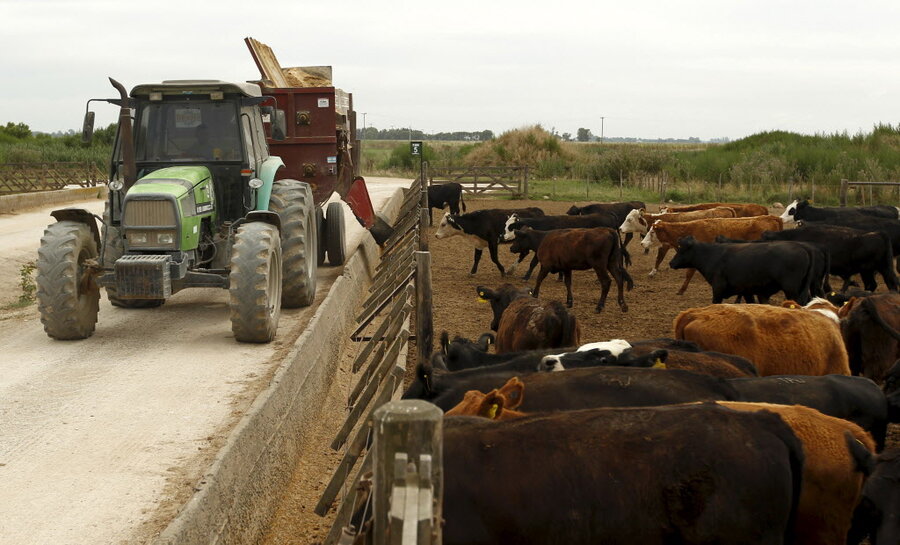Want to save the world? Eat less meat.
Loading...
Reduction in global meat consumption is key to mitigating climate change, according to a new report by Chatham House. An independent policy institute in London, Chatham House recently published Changing Climate, Changing Diets: Pathways to Lower Meat Consumption. Global meat consumption and greenhouse gas emissions are at all-time highs. The livestock sector accounts for 15 percent of all emissions, the equivalent to the emissions of all vehicles worldwide. If global citizens reduced meat consumption, it would result in over one-fourth of the emission reductions needed by 2050, which is necessary to keep global warming below the “danger level” of two degrees Celsius.
As developing countries’ incomes increase, demand for and consumption of animal protein is also increasing. In the developed world, meat consumption has plateaued at dramatically high levels, and worldwide meat consumption is predicted to rise by over 75 percent by 2050. This is not sustainable; meat-eating is associated with obesity and chronic disease, and the natural resources used for producing livestock are used inefficiently and are quickly depleting.
Chatham House analyzed the general public’s understanding of and attitudes towards a reduction in meat consumption. The researchers concluded that although there is a compelling case, the “governments are trapped in a cycle of inertia: they fear the repercussions of intervention, while low public awareness means they feel no pressure to intervene.” The report spawned four major findings:
1. The government must lead—Researchers deduced that the worldwide public believes it is the role of governments to spearhead big change. People and businesses have no incentive to take the lead in reducing meat consumption, especially knowing the government has the required resources and capacities to do so. By failing to take action, the government communicates to the public that the issue is not important.
2. Raising awareness is the first step, not the solution—For government intervention to be successful, citizens must first understand the problem and why action must be taken. With knowledge and understanding comes the willingness to act on and support change.
3. The issue is complex, but the message must be simple—Society responds best to easily understood messages. There are multiple factors that play into meat consumption, such as the variation of emissions depending on the animal and that what is best for the climate is not necessarily best for animals and humans; therefore, it is important that details are straightforwardly communicated.
4. Trusted sources are key to raising awareness—Identifying and partnering with trusted information providers are critical to enacting change successfully. Because trust in government varies by country, alternative information providers such as environmental NGOs and mainstream media must be identified and partnered with to raise awareness and prompt change.
Three major recommendations were outlined as well: build the case for government intervention, initiate national debates about meat consumption, and pursue comprehensive approaches. The first calls for aligning reduced meat consumption with the greater policy objectives related to healthcare, climate change, and international relations. The second signals the need to include the general public, government, civil society, businesses, scientific community, and media in this discussion to create the right space for change. The last recommendation calls for taking advantage of public procurement, using price strategies to influence purchasing behavior, and supporting research and development of plant-based alternatives, such as lab-grown meat.
Chatham House’s 14-month research project is instrumental in fostering conversations and action towards including meat consumption in the climate change conversation. Governments are already increasing the ability to influence populations’ diets with regards to obesity and chronic disease; now is the time to leverage resources to reduce meat consumption worldwide.
This article first appeared at Food Tank.







